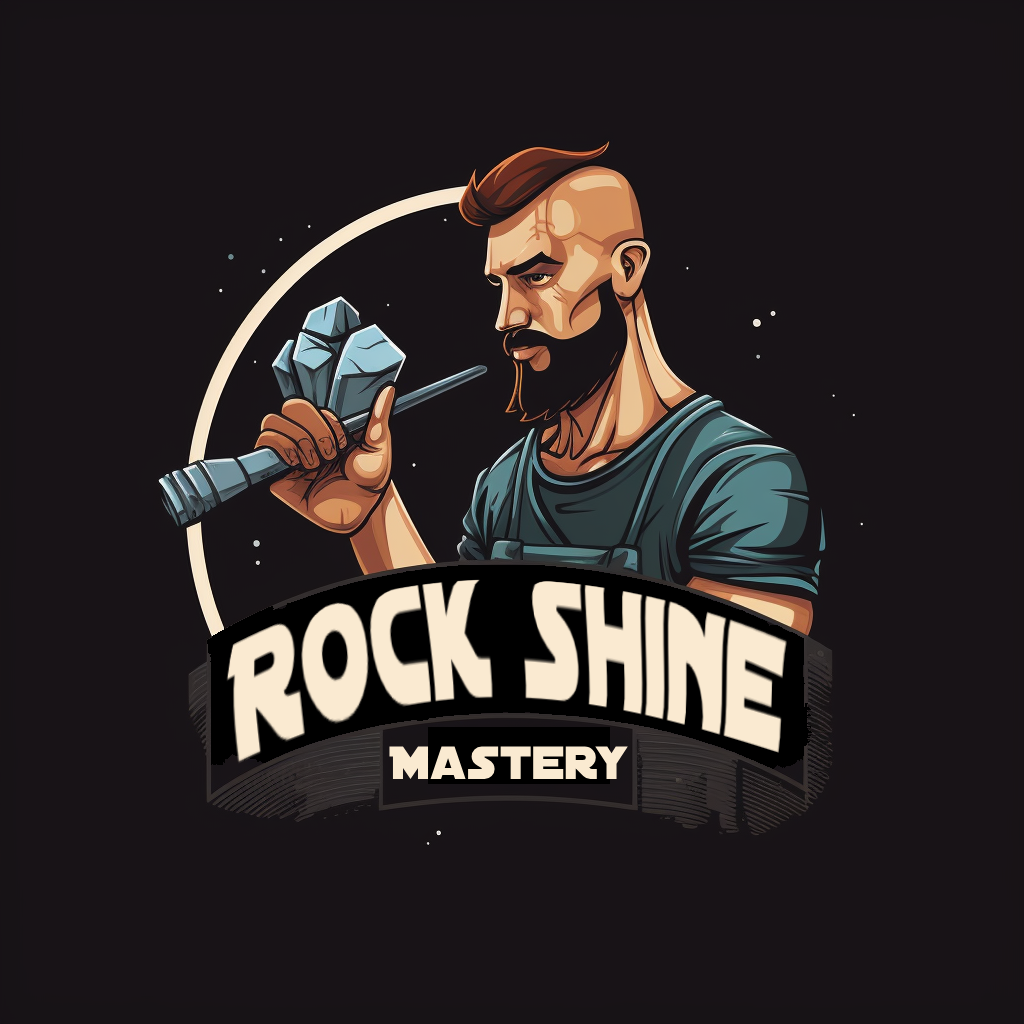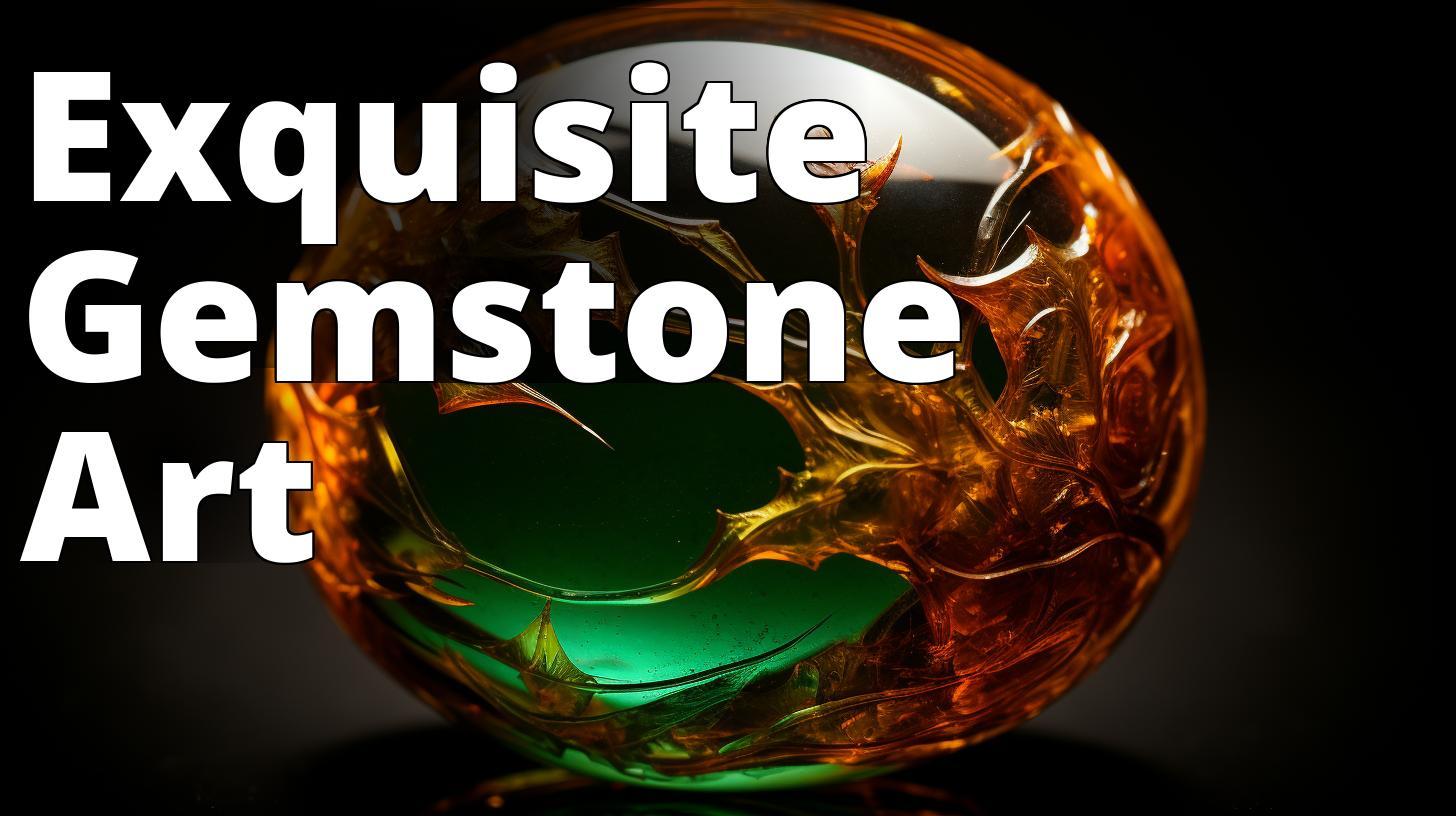Gemstone carving and sculpting is an art form that has been around for centuries. It involves the process of cutting and shaping gemstones into intricate designs and sculptures. Each gemstone has its own unique properties, which can affect the way it is carved and sculpted. For those who value patience and craftsmanship, gemstone carving and sculpting can be a fulfilling hobby or profession. In this guide, we will explore the advanced lapidary techniques used in gemstone carving and sculpting, as well as the tools, tips, and inspiration needed to succeed in this art form.
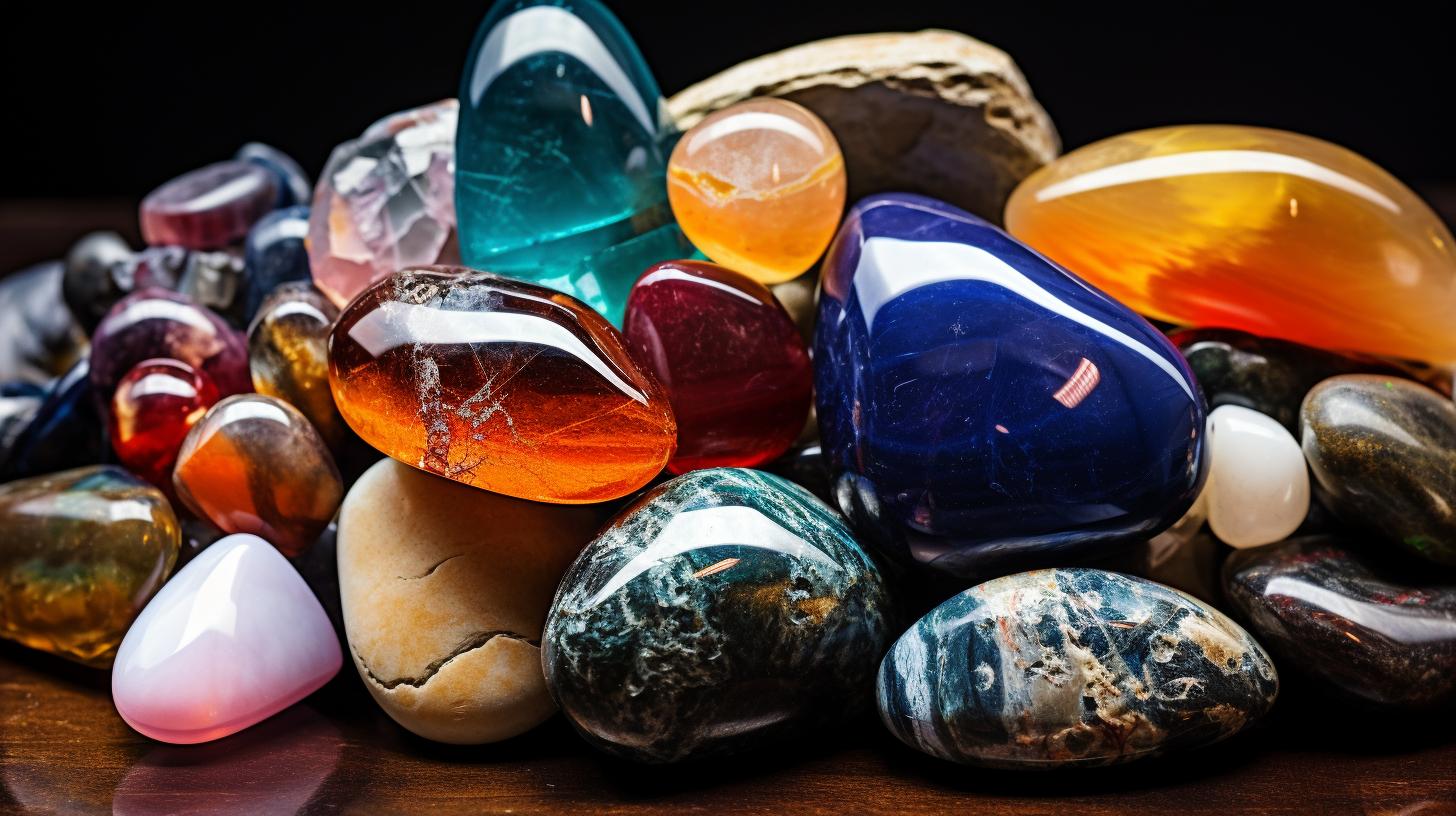
Types of Gemstones
The first step in gemstone carving and sculpting is selecting the right gemstones. There are many different types of gemstones, each with its own unique properties. Some of the most popular gemstones used in carving and sculpting include quartz, jade, agate, and amethyst. Quartz is a popular choice because of its clarity, hardness, and durability. Jade is prized for its translucency and range of colors. Agate is known for its banding and patterns, while amethyst is valued for its deep purple color.
It is important to understand the properties of each gemstone before beginning the carving or sculpting process. For example, some gemstones may be too soft or brittle to carve, while others may require special techniques to bring out their natural beauty. It is also important to consider the size and shape of the gemstone, as this can affect the design and technique used.
The Ultimate Guide to Gemstone Carving and Sculpting
- Gemstone carving and sculpting is the art of carving and shaping gemstones into beautiful and intricate designs.
- This guide covers the types of gemstones commonly used, the tools and equipment needed, different techniques used, inspiration sources, and tips and tricks for success.
- The importance of continued education and exploration in gemstone carving and sculpting is emphasized in the conclusion.
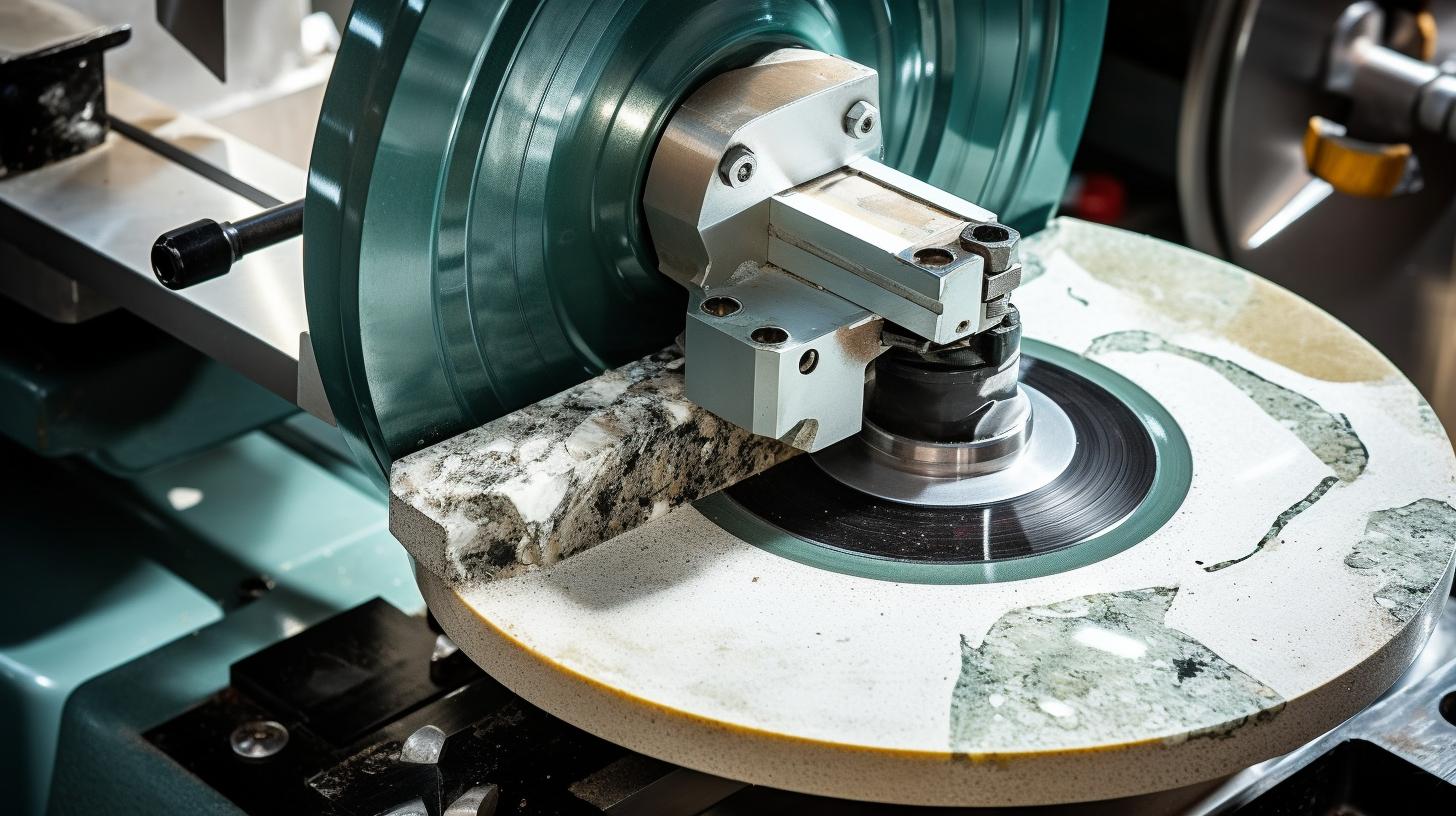
Tools and Equipment
The tools and equipment used in gemstone carving and sculpting are essential to achieving the desired results. The most important tool is the diamond saw blade, which is used to cut the gemstone into the desired shape. Other tools include grinding wheels, polishing wheels, and carving tools. It is important to choose high-quality tools and equipment to ensure that they will last and produce the best results.
One of the best places to find high-quality tools and equipment is Ahrefs’ guide to the best gemstone carving tools. This guide provides a list of the best tools and equipment for gemstone carving and sculpting, including diamond saw blades, grinding wheels, and polishing wheels. It also offers tips on how to choose the right tools and equipment based on your skill level and the type of gemstone you are working with.
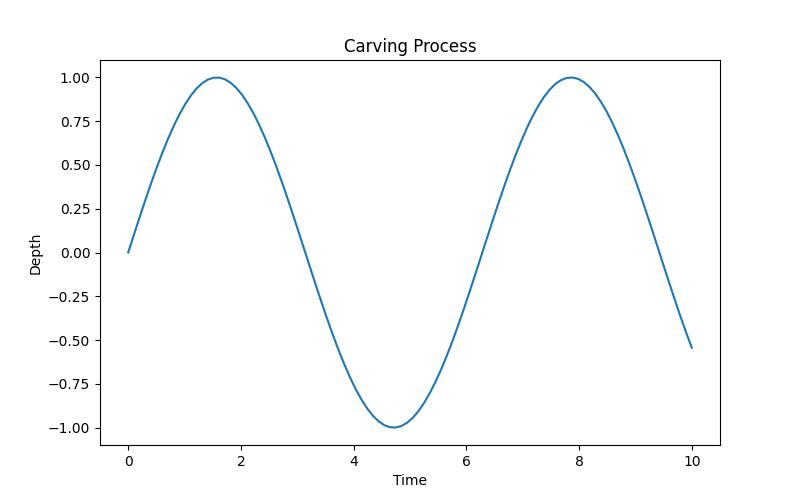
Techniques for Carving and Sculpting
| Gemstone | Popular Carvings and Sculptures |
|---|---|
| Quartz | Geometric shapes, figurines, spheres |
| Jade | Figurines, jewelry, sculptures |
| Agate | Bookends, coasters, bowls |
| Amethyst | Geometric shapes, figurines, spheres |
| Lapis Lazuli | Jewelry, vases, sculptures |
| Malachite | Jewelry, figurines, bowls |
There are several techniques used in gemstone carving and sculpting. Free-form carving is the process of cutting and shaping a gemstone into a unique design without a specific pattern or template. Faceting is the process of cutting a gemstone into a geometric shape with multiple flat surfaces. Cabochon cutting involves shaping a gemstone into a smooth, rounded surface with a flat back. Each technique requires different skills and equipment, and some may be more suitable for certain types of gemstones.
For those interested in cabochon cutting and shaping, Ahrefs’ guide to basic lapidary techniques offers a great introduction. This guide covers the basics of cabochon cutting and shaping, including the equipment needed and the steps involved. It also offers tips on how to polish and finish a piece to bring out its natural beauty.
Inspiration
Finding inspiration is an important part of the gemstone carving and sculpting process. Many artists find inspiration in nature, such as the patterns and colors found in rocks and minerals. Others find inspiration in other artists or cultures. It is important to stay creative and open-minded, and to continually seek out new sources of inspiration.
One great resource for finding inspiration is Ahrefs’ guide to DIY gemstone home decor ideas. This guide provides a variety of ideas for incorporating gemstones into home decor, such as using gemstones as drawer pulls or creating a gemstone terrarium. These ideas can help spark creativity and inspire new designs and techniques.
Tips and Tricks
Success in gemstone carving and sculpting requires patience, practice, and skill. Here are some important tips and tricks to keep in mind:
- Choose the right gemstones for the job based on their properties and your skill level.
- Invest in high-quality tools and equipment to ensure the best results.
- Practice safety measures, such as wearing eye protection and using dust masks.
- Take breaks frequently to avoid eye strain and fatigue.
- Experiment with different techniques and styles to find what works best for you.
- Be patient and take time to achieve desired results.
- Learn how to polish and finish a piece to bring out its natural beauty.
For those interested in learning more about gemstone carving and sculpting, Ahrefs’ guide to essential lapidary tools and equipment is a great resource. This guide provides an overview of the essential tools and equipment needed to get started in gemstone carving and sculpting. It also offers tips on how to choose the right tools and equipment based on your skill level and budget.
Personal Story: Learning from a Master Lapidary Artist
When I first started learning the art of gemstone carving and sculpting, I was overwhelmed by the amount of knowledge and skill required to produce a beautiful piece. I knew I needed some guidance, so I sought out a master lapidary artist named Maria who had been working with gemstones for over 30 years.
Maria was patient and kind, taking the time to answer all my questions and show me the different techniques used in the art form. She taught me how to choose the right gemstones for the job, and how to handle the tools and equipment safely and effectively.
One of the most valuable lessons she taught me was the importance of taking breaks frequently. I had been so focused on achieving the perfect result that I had neglected to take care of myself. Maria showed me how to stretch my hands and arms, and how to take deep breaths to prevent fatigue and injury.
Not only did Maria teach me the technical skills required for carving and sculpting gemstones, but she also inspired me to find my own sources of inspiration. She showed me how to appreciate the beauty of nature and how to incorporate that beauty into my work.
Thanks to Maria’s guidance and mentorship, I was able to develop my skills and create beautiful pieces that I am proud of. Her passion for the art form was infectious, and I continue to learn from her to this day.
Conclusion
Gemstone carving and sculpting is an art form that requires patience, skill, and creativity. By understanding the types of gemstones, tools and equipment, techniques, inspiration, and tips and tricks involved, anyone can learn to create beautiful and intricate designs and sculptures. Continued education and exploration are important in mastering this art form, and there are many resources available to help beginners and experienced enthusiasts alike.
FAQs
Q: Who can learn advanced lapidary techniques for gemstone carving?
A: Anyone with basic lapidary skills and a passion for gemstones.
Q: What are the steps for sculpting a gemstone?
A: The process involves sketching, rough shaping, detailing, polishing.
Q: How long does it take to master advanced lapidary techniques?
A: It depends on the individual’s skills, practice, and dedication.
Q: Who can benefit from learning advanced lapidary techniques?
A: Artists, jewelry makers, collectors, and enthusiasts.
Q: What tools are needed for advanced gemstone carving?
A: Diamond saws, grinders, polishers, chisels, hammers, and more.
Q: How can I overcome the fear of ruining a precious gemstone?
A: Start with inexpensive stones, practice on scraps, and learn from mistakes.
